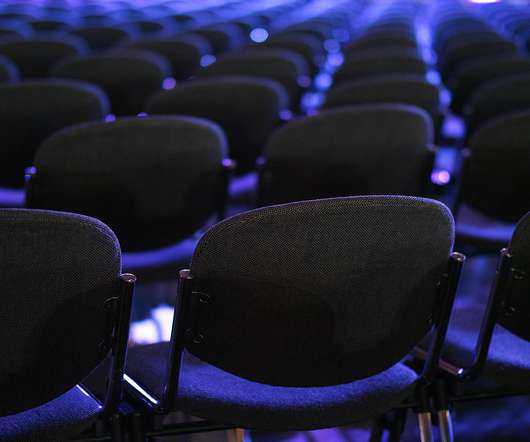From novice to expert
Learning with e's
JULY 11, 2014
The role of stronger, or more knowledgeable learners within a learning community (e.g. a student cohort) can be extended by encouraging them to scaffold weaker, or less expert learners, to encourage and lead, in a kind of cognitive apprenticeship. Anderson ACT-R Cognitive Architecture 2. Festinger Cognitive Dissonance Theory 12.































Let's personalize your content